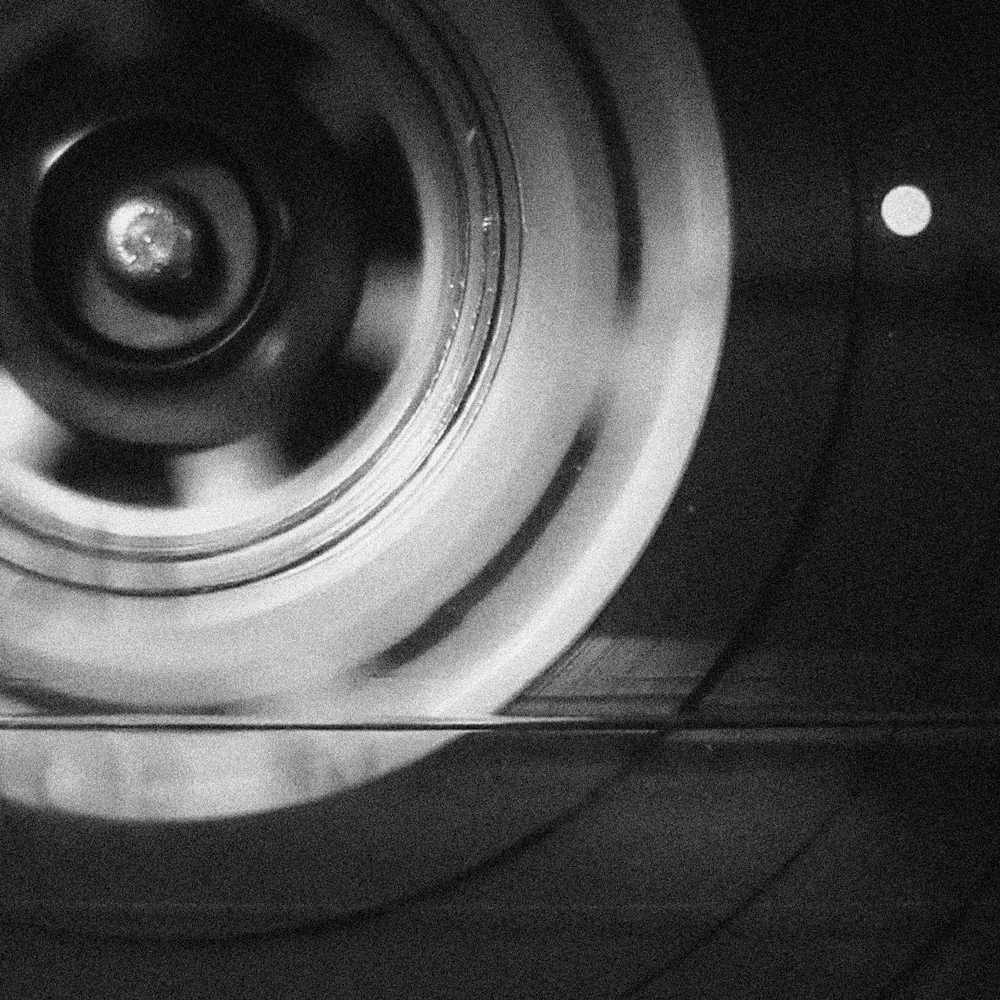Some think they are trash or too old, others devour them voraciously in the darkens of cinema halls, others avoid them preferring the 3D of contemporary productions… What am I talking about? Historical horror and sci-fi movies, of course!
You can love them or hate them, but what you can not really ignore is the great impact of this genre on the history of music, the inclusion of new technologies and the creation of a shared imagination. Still do not believe it? Here are 3 essential reasons to celebrate the history of Sci-fi and horror genres, and its influence on the history of electronic music.
1) NEW TECHNOLOGIES, NEW SOUNDS, NEW WORLDS
Through the use of new technologies, the Horror and Sci-fi soundtracks have created a unique, shared and immediately identifiable sound universe. The new musical devices – such as the theremin and synthesizers – have lent themselves immediately as ideal objects to create collective images of strange and unknown things. Need an example? If you hear the sound of a theremin howling at night, what do you think? Alien invasion? Ghosts hiding in the darkness of a castle?
2) AVANT-GARDE IN THE LIVING ROOM
Thanks to radio and television drama, plays and movies films, electronic music and sound manipulation easily got into people’s homes. Beginning in the 1950s, most of the national television and radio stations began to equip themselves with in-house studios for the production of electronic music. RAI – the Italian National broadcasting – will open its studio in Milan, the famous Phonology Studio directed by Luciano Berio and Bruno Maderna, where many avant-garde works will be produced.
3) EXPERIMENTING IS OUR WATCHWORD!
Between the 50s and the 70s, the success of Horror and Sci-fi generated an immense production of movies and all these images in need of sound gave birth to a new market: composers began to organize themselves in private studios and create thematic music, inspired by particular emotions or situations (such as space, sea depths or the more general feeling of terror…). Recorded for cinema and television, these soundtracks were distributed in very few copies by specialized labels such as the Italian Flipper or Gemelli; the absence of strict rules dictated by movie directors or producers allowed composers the maximum freedom and the consequent proliferation of electronic experiments. Library Music represented a source of extra income and embodied the right dimension in which to pour exercises and research, in the shadow of the protection of one (or more) pseudonyms.
Echoscope Records is proposing a collection of new works that pay homage to this amazing world: Cinematic Musical Fiction, 6 cinematic musical atmospheres created by myself and Mauro Martinuz, mixed at Bottega Sonora Studio; six retro-flavored electronic paintings specially designed, composed and produced to increase the visual power of video games, short films, documentaries and moving images. Tracks are available for listening below.

